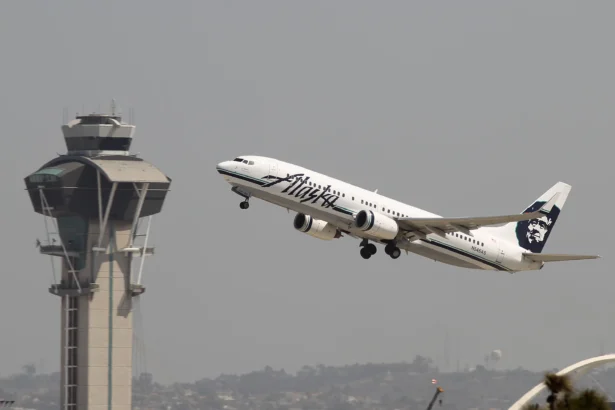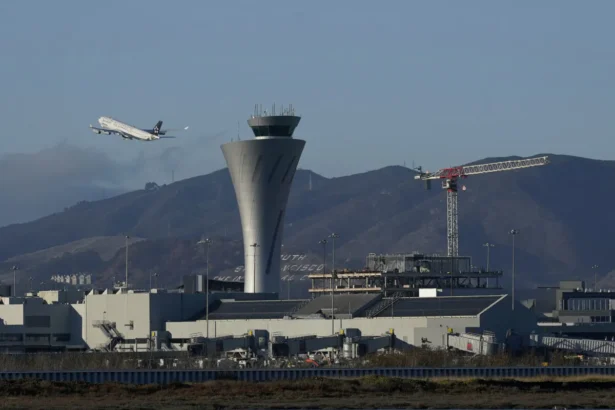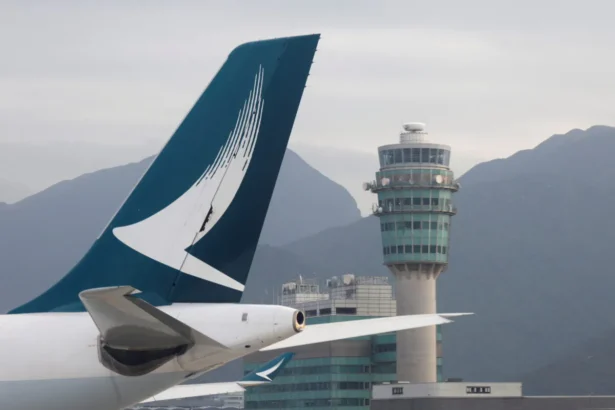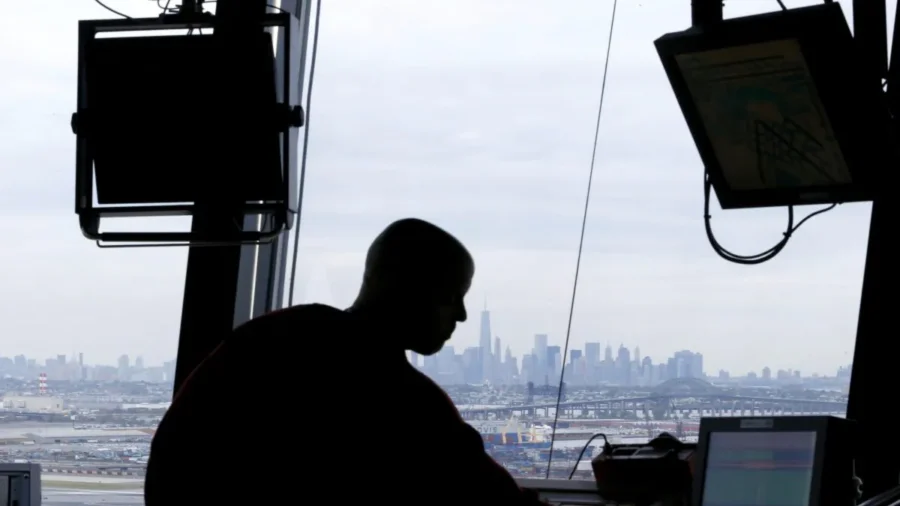Federal aviation authorities have convened a panel that will investigate the problem of air traffic controller fatigue after a string of near-collisions cast the issue into the spotlight.
There have been several near-miss aviation incidents this year, including some that involved apparent controller mistakes and that could have been catastrophic, according to the National Transportation Safety Board (NTSB) and the Federal Aviation Administration (FAA).
The near-collisions have led the FAA to convene a panel of experts that will focus on how to address the problem of fatigue in air traffic controllers, who are stretched thin and putting in mandatory overtime due to staffing shortages.
“The three-member panel will examine how the latest science on sleep needs and fatigue considerations could be applied to controller work requirements and scheduling,” the FAA, the government body responsible for the safety of air travel, said in a Dec. 20 announcement.
NTSB member Mark Rosekind, a sleep expert, will lead the panel. The other members are Charles Czeisler, a senior investigator at the division of sleep and circadian disorders at Brigham and Women’s Hospital, and Dr. Erin Flynn-Evans, head of a NASA lab that examines fatigue countermeasures for astronauts.

‘Erosion of Safety Margins’
The three-member panel will start work in January and seek to identify possible ways the FAA can better address controller fatigue.
One known issue is a persistent air traffic controller shortage that has led to flight delays. At many facilities, controllers are putting in six-day work weeks and face mandatory overtime to cover staffing shortages.
In 2023, the FAA met its yearly hiring goal of 1,500 controllers but it’s still roughly 3,000 controllers short of its overall staffing target. In light of the shortages, the FAA is working to accelerate hiring amid the challenges of a tight labor market.
In September, the FAA extended cuts to minimum flight requirements at congested New York City-area airports through October 2024, citing controller staffing shortages. New York Terminal Radar Approach Control staffing is at roughly 54 percent of recommended staffing.

Besides short-staffed air traffic control towers, other problems “rendering the current level of safety unsustainable” are inconsistent funding, outdated technology, and onerous training requirements, according to the FAA’s National Airspace System Safety Review Team report, which was released in mid-November.
“The confluence of the issues we identified results in an erosion of safety margins that must be urgently addressed,” the report states.
The safety review team was appointed by the FAA in April and tasked with examining the air traffic control system and coming up with recommendations on how to bolster safety.
Some of the safety team’s recommendations include funding stability by exempting the FAA from the impacts of government shutdowns, replacing outdated equipment, and revamping the training program (upgrading tower simulators alone could cut down the time to flight controller certification by as much as 27 percent).

Near Collisions
The moves follow a string of near-collisions this year at or near major airports, involving commercial flights.
In one near-miss incident at Austin-Bergstrom International Airport in Texas in February 2023, the air traffic controller involved was working an overtime shift during a six-day workweek, according to the findings of an investigation by the NTSB.
There has been a spate of near-collisions reported this year across the United States, including in Boston, Honolulu, New York, and the District of Columbia.
Transportation Secretary Pete Buttigieg said in March 2023 that the nation’s airports were on track to have over 20 close calls for the year.
“Initial information suggests that more mistakes than usual are happening across the system, on runways, at gates while planes are pushing back, in control towers, and on flight decks,” Mr. Buttigieg said at an FAA safety summit earlier this year.
The FAA said in August that it would spend another $121 million to mitigate runway incursions and support airport infrastructure projects, including reconfiguring taxiways and installing new lighting systems.
It also launched a monthly training series for its air traffic controller workforce, all in a bid “to reach our goal of zero close calls,” according to Tim Arel, the FAA’s Air Traffic Organization chief operating officer.
Reuters contributed to this report.
From The Epoch Times


